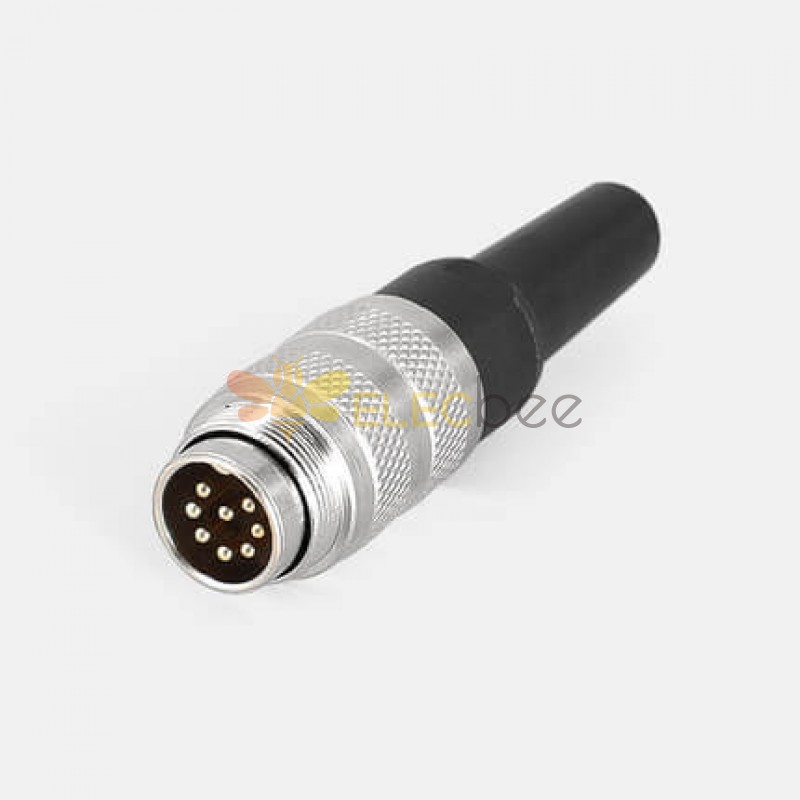Crimping tools are essential for creating secure connections with M16 Plug connectors. A well-made crimp ensures that the connector stays securely in place and provides reliable electrical performance. In this article, we will explore the different types of crimping tools available for M16 Plug connectors and what makes each one unique.
Hand-held crimping tools: These are the most common type of crimping tool and are used for crimping connectors in the field. They are lightweight, portable, and easy to use. Hand-held crimping tools typically come with interchangeable dies that allow you to crimp different types of connectors.
Bench-mounted crimping tools: These tools are designed for use in a workshop or laboratory setting. They are larger and more robust than hand-held tools and are mounted on a workbench. Bench-mounted crimping tools are ideal for crimping larger volumes of connectors and offer greater precision and consistency.
Pneumatic crimping tools: These are high-speed, automated crimping tools that are powered by compressed air. They are used for crimping connectors in a production environment and are ideal for high-volume applications. Pneumatic crimping tools are fast, accurate, and consistent and can crimp a large number of connectors in a short amount of time.
Ratchet crimping tools: These are hand-held crimping tools that use a ratcheting mechanism to ensure that the crimp is completed correctly. They are ideal for crimping connectors in the field and are easy to use. Ratchet crimping tools are also lightweight and portable, making them ideal for use on the go.
Manual hydraulic crimping tools: These tools use hydraulic pressure to crimp the connector. They are ideal for crimping connectors in the field and are easy to use. Manual hydraulic crimping tools are also lightweight and portable, making them ideal for use on the go.
In conclusion, the type of crimping tool you choose will depend on the specific requirements of your application. Whether you need a hand-held tool for crimping connectors in the field or a bench-mounted tool for crimping in a workshop, there is a crimping tool that will meet your needs. When choosing a crimping tool, consider factors such as speed, accuracy, consistency, and ease of use to ensure that you select the right tool for your application.
